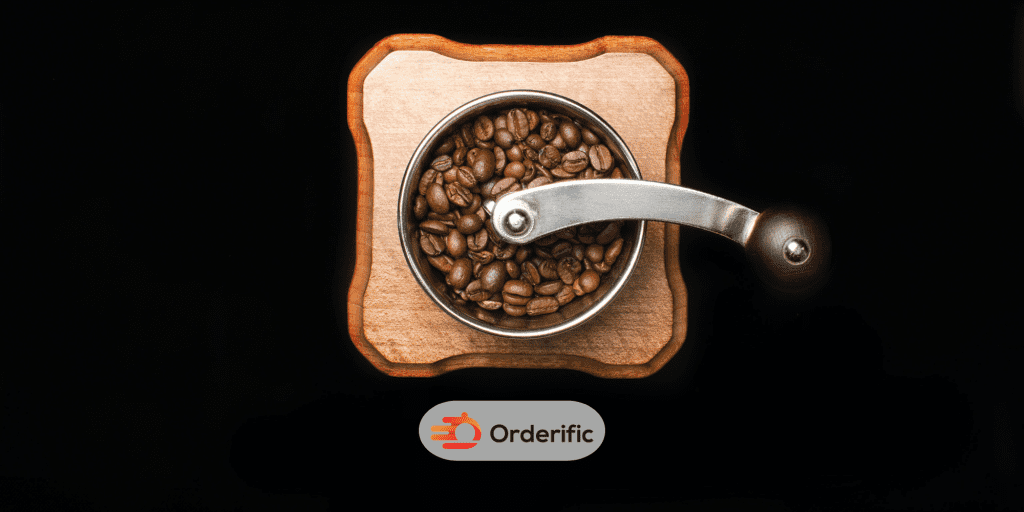Introduction
Welcome, coffee lovers, to a journey exploring the distinctive world of cold brew and iced coffee. These two forms of chilled coffee are loved by many for their refreshing taste, yet they hold their unique characteristics, just like different coffee beans do. While iced coffee and cold brew may quench your thirst, the brewing method results in outstanding flavor profiles and caffeine content. Traditional iced coffee is simply hot brewed coffee that’s been cooled down and poured over ice, while cold brew coffee is steeped in cold water for a lengthy period, creating a smooth, rich, and less acidic coffee.
Whether at a coffee shop or brewing coffee at home, understanding these differences can help you choose between a nitro cold brew full of flavor or a drip coffee chilled and served over ice cubes. So, whether you’re a fan of substantial, aromatic coffee grounds or prefer a regular brew’s light flavor, stay with us as we unravel the brewing differences between cold brew and iced coffee and find your best coffee match.
Cold Brew Vs. Iced Coffee: Understanding The Basics
The most striking difference between iced coffee and cold brew lies in their brewing process. Iced coffee is a quick and straightforward method. It begins with brewing a pot of hot coffee, which is then allowed to cool before being poured over ice. This method is great for those who want a quick, chilled coffee fix.
In contrast, the cold brewing method requires a bit more patience. Cold brew coffee is made by steeping coffee grounds in cold water for a prolonged period, usually 12 to 24 hours. The resulting coffee is then strained to remove the grounds, leaving you with a concentrated coffee that can be diluted with water or milk. This slow steeping process extracts the flavors from the coffee beans differently, leading to a smoother, less acidic, and subtly sweet coffee. This method may take more time, but the unique flavor profile it creates is worth the wait for many coffee enthusiasts.
Whichever method you choose, you’ll end up with a refreshing, caffeinated beverage. But knowing the difference can help you better cater to your taste and fuel your love for coffee. In the next section, we will dive deeper into the flavor and caffeine content differences between cold brew and iced coffee. So stay tuned, coffee lovers!
The Coffee Beans: Impact On Cold Brew And Iced Coffee Flavors

The choice of coffee beans used in the brewing process significantly affects the flavor of both cold brew and iced coffee. Generally, the flavors that shine through in iced coffee are the same ones you’d taste in it if it were served hot. High-quality Arabica beans, with their smooth and slightly sweet taste, are a popular choice for iced coffee.
On the other hand, the cold brewing method tends to mellow out the flavors of the coffee beans, producing a coffee that’s smooth, full-bodied, and low in acidity. This method can make even low-quality Robusta beans taste surprisingly good. However, using high-quality beans, like a single-origin bean, can lead to a more complex and enjoyable flavor profile.
It’s worth noting that both cold brew and iced coffee can be made from any type of coffee bean, and the flavor will change depending on the type, roast, grind size, and freshness of the beans. Experimenting with different types of beans can be a fun way to discover new flavors and find your personal preference. So go ahead, play barista, and find the perfect bean for your ideal summer coffee drink!
Brewing Process: How Cold Brew Differs From Iced Coffee
Let’s delve deeper into the brewing process which forms the heart of the difference between iced coffee and cold brew. The iced coffee method, being quick and easy, is similar to the regular hot coffee brewing. It involves brewing coffee grounds with hot water, letting it cool, and then pouring it over ice. The heat in this method extracts the intense flavors and aromas from the coffee grounds quickly, producing a robust and more acidic brew. However, when this hot brew is poured over ice, it can become somewhat diluted, slightly muting the flavors.
The cold brewing method, on the other hand, is a game of patience. Cold water is used to steep the coffee grounds, usually for a period of 12 to 24 hours. This patient approach to brewing results in a coffee that is smooth, rich, and less acidic, as the cold water extracts flavors slowly and gently. Unlike iced coffee, the concentration of the cold brew allows it to mix well with milk or water without losing its bold flavor profile.
Ultimately, the brewing process you choose aligns with your taste preferences and time. If you’re after a quick, refreshing coffee hit, then iced coffee is your go-to. But, if you relish a smooth, full-bodied, and low-acid coffee that’s packed with subtle flavors, the cold brewing method may be worth the wait.
Time And Patience: The Key To Perfecting Cold Brew
The creation of cold brew coffee truly is a labor of love. Unlike the quick, few-minute process of brewing hot coffee. The cold brewing method requires a significant amount of time and patience. However, many coffee enthusiasts will argue that this extended brewing time is well worth the wait. As the coffee grounds steep in cold water, usually over a period of 12 to 24 hours. They slowly impart their flavors, resulting in a coffee that’s full-bodied, smooth, and remarkably low in acidity.
The extended brewing time also increases the caffeine content, offering a refreshing kick. Unlike iced coffee, which may taste diluted once poured over ice. The concentration of cold brew ensures that its robust flavor remains intact. Even when served over ice or mixed with milk. It’s this depth of flavor and high caffeine content that make cold brew a summer favorite for many coffee lovers.
In essence, the cold brewing method is an investment of time that pays off in a superior taste. Whether you’re a casual coffee drinker or a seasoned barista. Experimenting with cold brew at home introduces you to a new range of flavors and a completely different coffee experience. So why not take your love for coffee a step further with the art of cold brewing?

Conclusion
In conclusion, both iced coffee and cold brew offer unique flavor profiles and experiences, catering to different preferences and moods. The quick and straightforward iced coffee method delivers a refreshing, robust, and more acidic brew. Making it a perfect choice for those who crave an immediate coffee fix. Conversely, the cold brewing method, with its patient and meticulous process. Rewards coffee lovers with a smooth, full-bodied, low-acidic brew, a delight for those who relish nuanced flavors and higher caffeine content.
Whatever your preference, the joy of coffee lies in its versatility and the endless possibilities it offers. So why not go forth, explore, and let your taste buds decide? If you’re interested in further exploring the art of coffee brewing, consider booking a demo with Orderific. Discover new flavors, brewing methods, and take your coffee journey to the next level. Book a demo with us today. Enjoy the journey, coffee lovers!
FAQs
1. What is cold brew, and how is it different from iced coffee?
Cold brew is coffee steeped in cold water for extended periods. While iced coffee is hot brewed coffee cooled and poured over ice.
2. Does cold brew have a stronger caffeine kick than iced coffee?
Yes, It generally has a higher caffeine content than iced coffee.
3. How long does it take to make cold brew compared to iced coffee?
Cold brew takes 12 to 24 hours, while iced coffee can be made in a few minutes.
4. Can I use the same coffee beans for both cold brew and iced coffee?
Yes, you can use any type of coffee beans for both cold brew and iced coffee.













